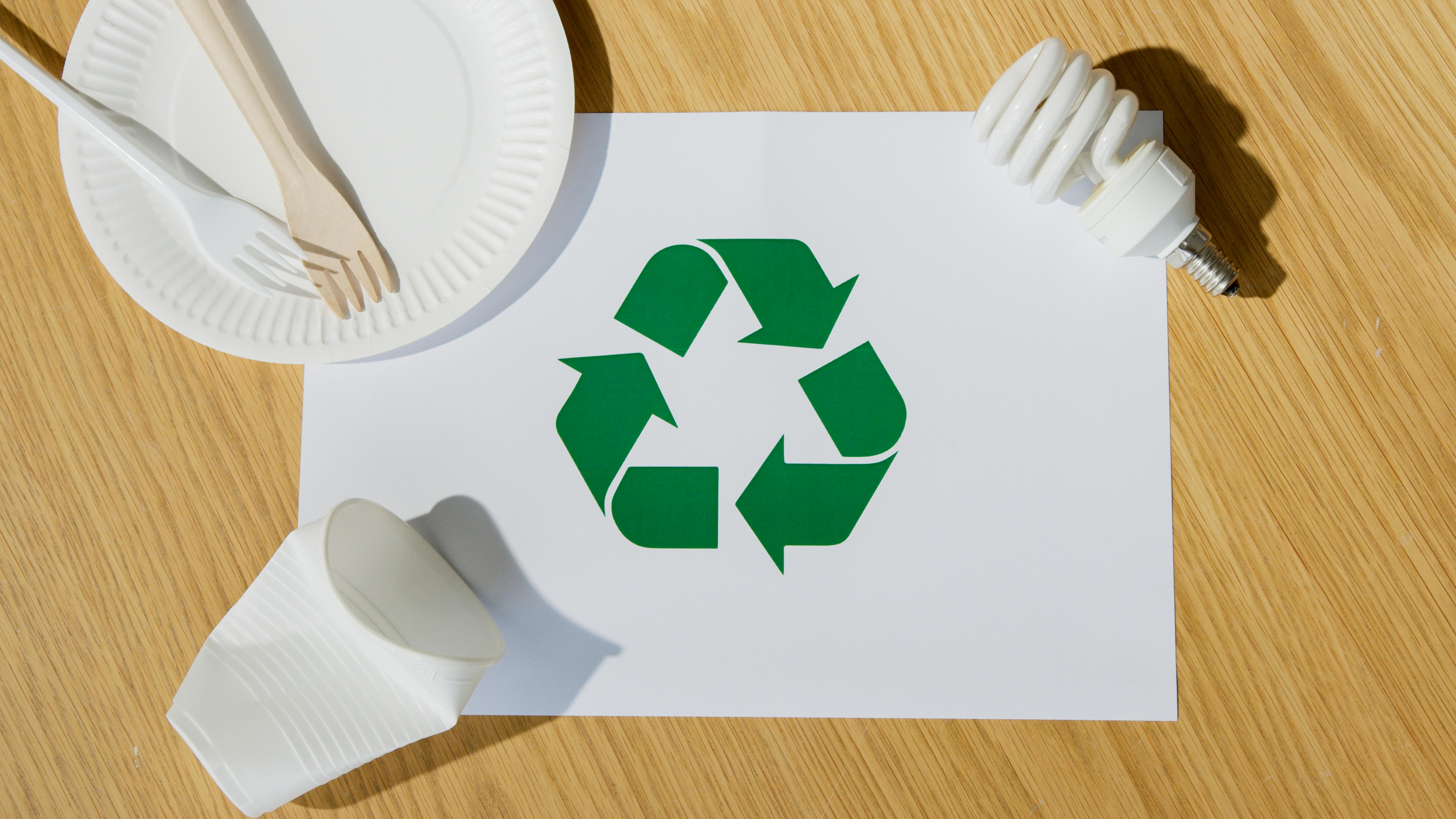9 Insightful Ways to Understand and Address Microplastics in Our World
Innovative Solutions: Reducing Microplastic Pollution

Addressing the microplastic crisis requires innovative solutions across multiple sectors. Biodegradable materials, improved waste management systems, and advanced filtration technologies are being developed to reduce microplastic pollution. Innovations such as washing machine filters to capture synthetic fibers and bans on microbeads in cosmetics have shown promise. Furthermore, raising public awareness and encouraging sustainable consumer habits can significantly reduce the demand for plastic products. Collaborative efforts between governments, industries, and consumers are essential to drive the development and implementation of these solutions on a global scale.
Policy and Legislation: Crafting Effective Regulations

Effective policy and legislation are critical components in the fight against microplastic pollution. Many countries have already implemented bans on microbeads and single-use plastics, setting a precedent for further regulatory measures. However, comprehensive policies addressing the entire lifecycle of plastics, from production to disposal, are necessary to make a significant impact. International agreements, such as the Basel Convention, play a crucial role in facilitating global cooperation. By enforcing stricter regulations and promoting sustainable practices, governments can help mitigate the spread of microplastics and protect environmental and public health.
